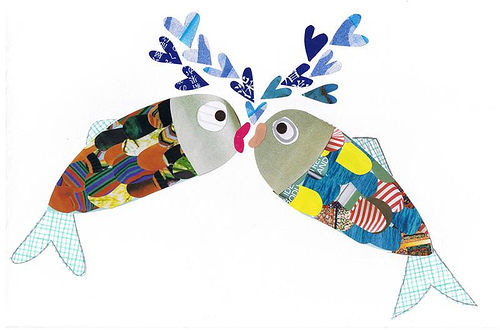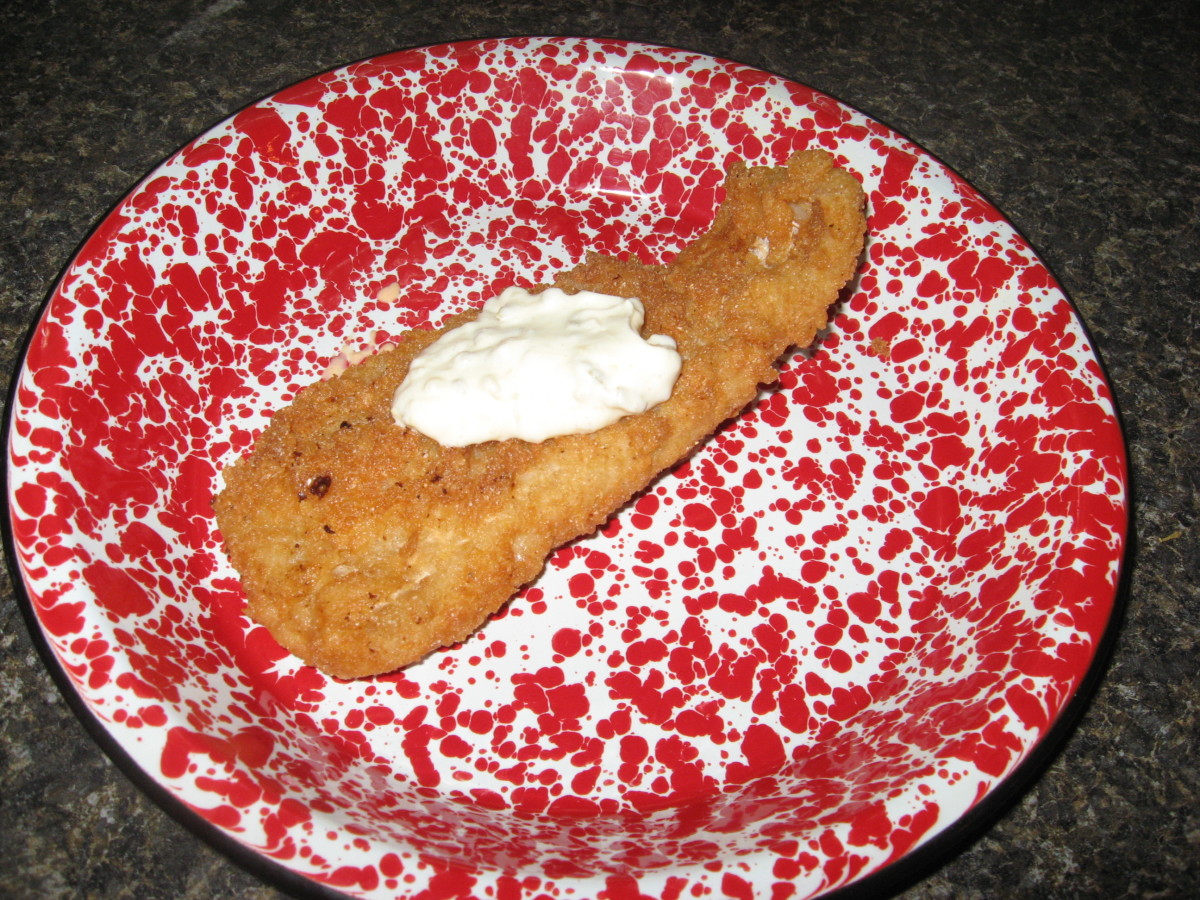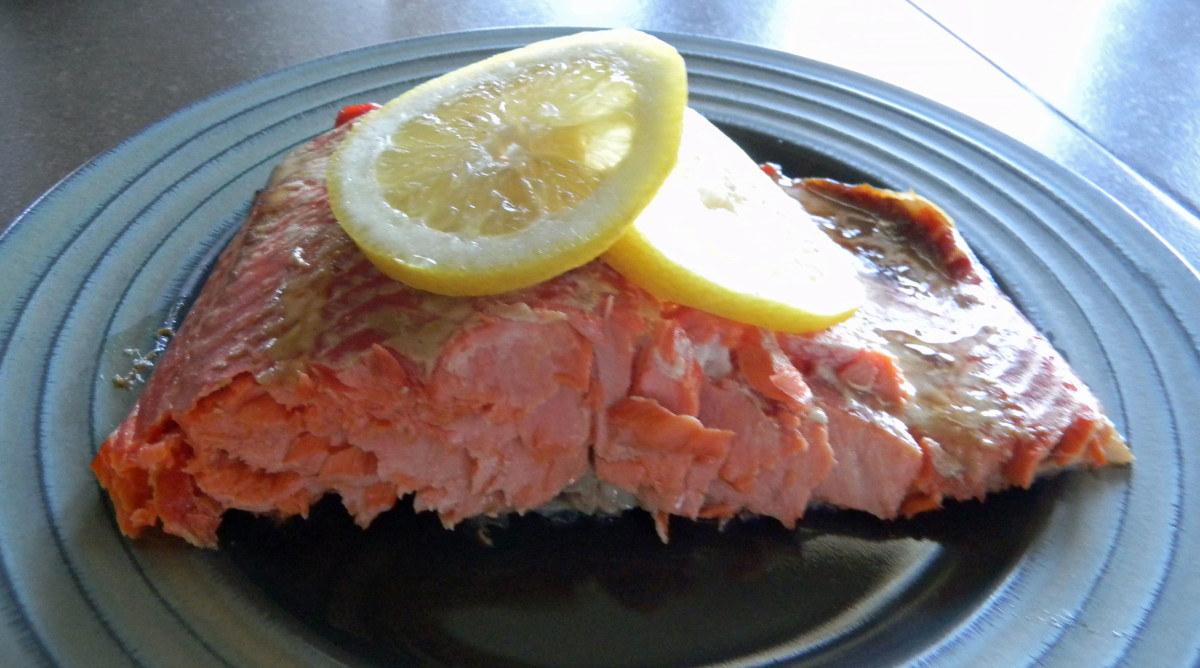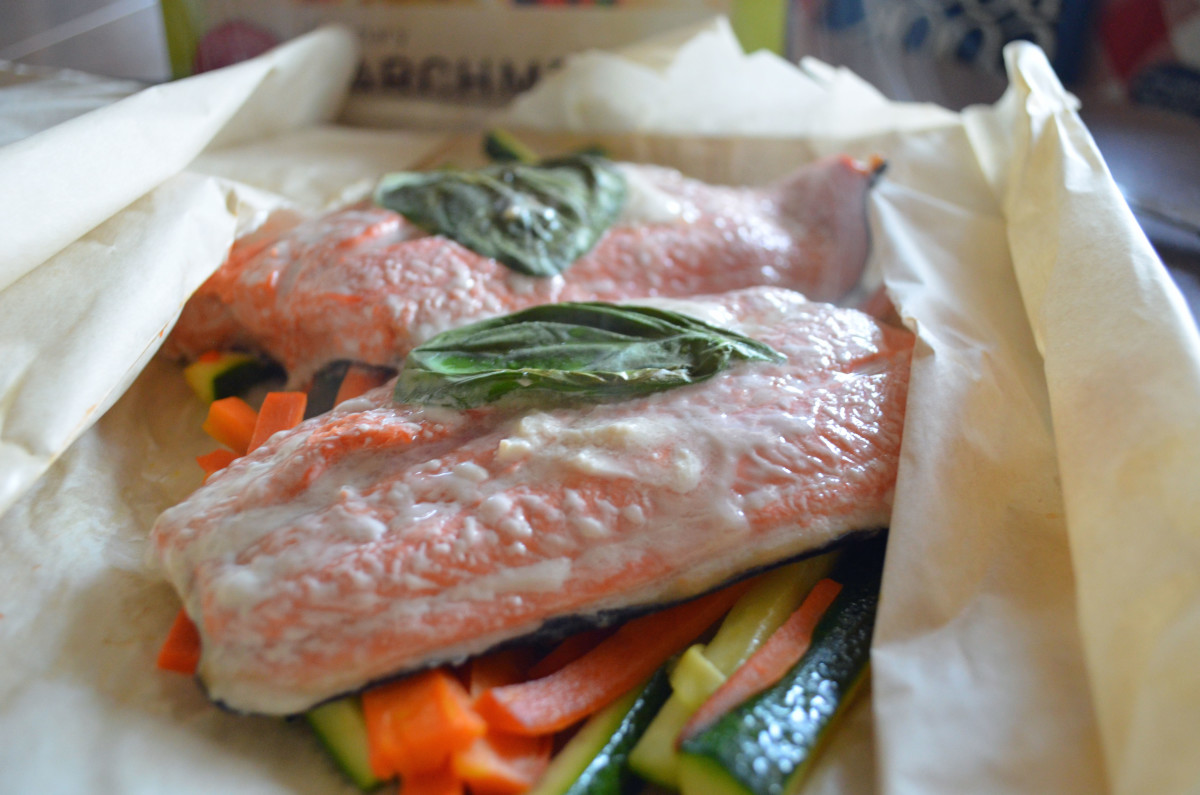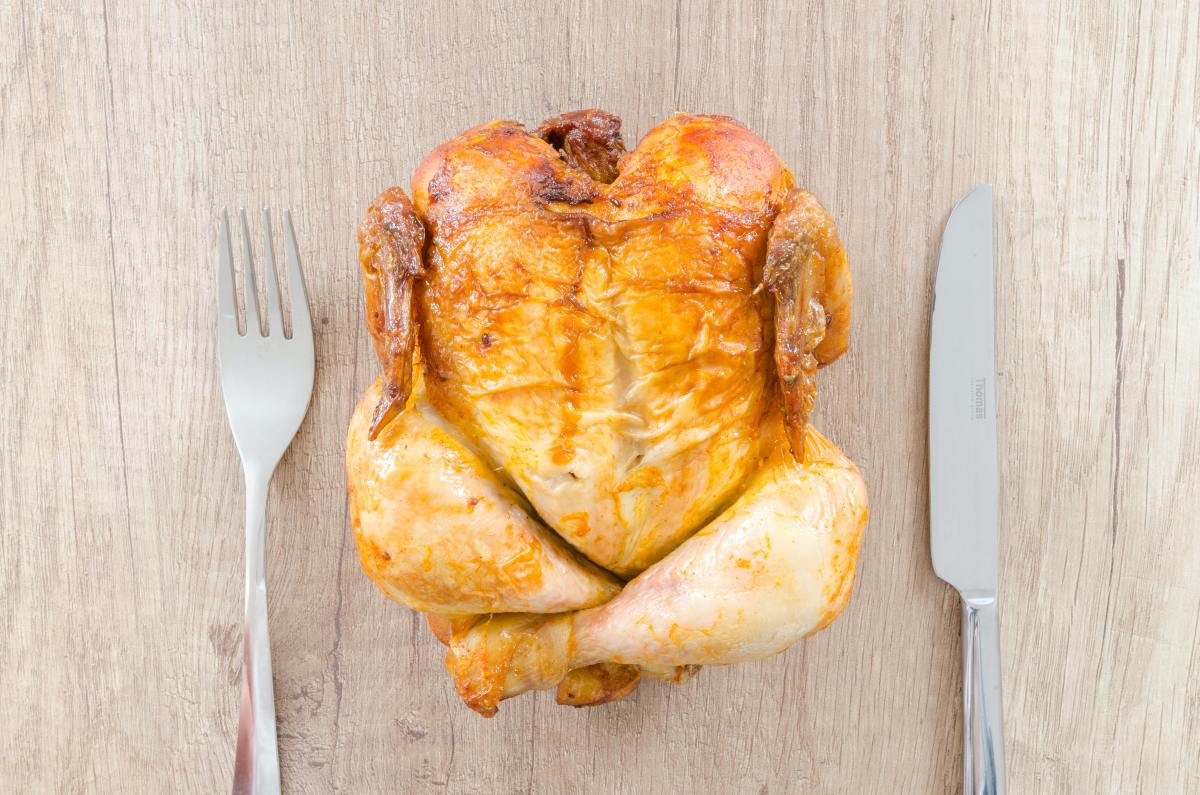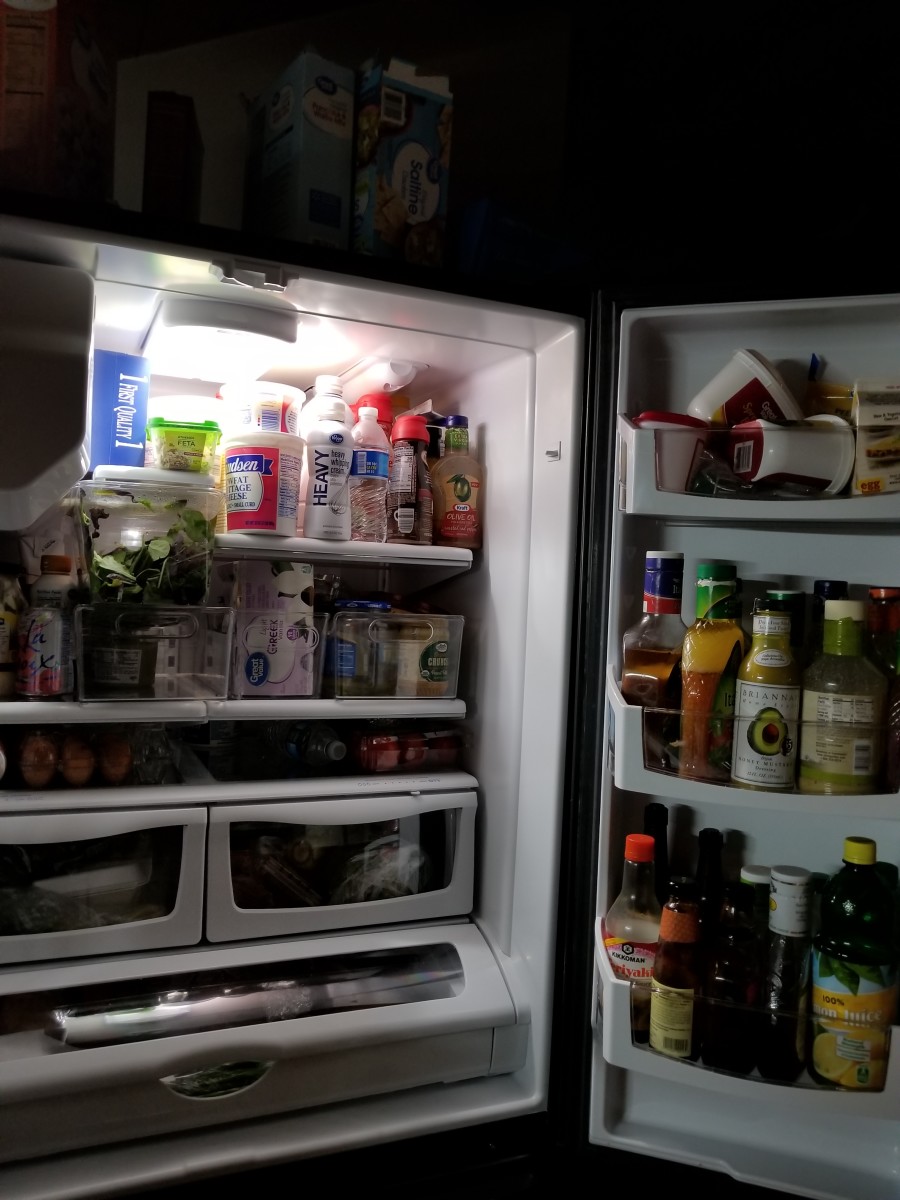Fish Anyone?

Did you know that most of the fish on the market is highly contaminated? If you are eating fish on a regular basis you may want to consider the following.
According to a study by the Office and Food Safety at the US Food and Drug Administration, more than 80% of seafood is imported with 40% coming from fish farms.
Did you know that China is the largest importer of seafood to the US? And by the way, they are also the largest importer of canned vegetables, fruit juices, and honey.
Unfortunately, chemicals such as lead and cadmium are often used in the containers that the food is stored and shipped in and as well staphylococcal contamination has been found in canned mushrooms.
It is not just that seafood comes from China that should be a concern but the raising trend of contamination in general. As a result, fish may not be a good idea as a dietary staple.
Mercury has been found in many streams in the United States and in half the fish found in lakes and reservoirs.
There are other contamination concerns besides mercury to take into consideration.
A lot of the imported seafood also contains antibiotics, fungicides, and other chemicals that are banned in the US. Unfortunately, less than 1% of imported fish is inspected by the FDA.
Considering all the contaminants, it is best to avoid most fish other than very small fish like anchovies and sardines. Eating wild-caught fish from minimally polluted water like the Arctic, Antarctic or Alaskan waters could also be considered.
Farmed fish should particularly be avoided. First of all, is not sustainable farming which has a major impact on the environment. Also, farm fish are fed antibiotics and in some cases synthetic pigments to make up for the lack of natural flesh coloration due to an altered diet.
Pesticides are also often fed to the fish as well as toxic copper sulfate to keep the nets free of algae. Studies have found alarming levels of PCBs, dioxins, toxaphene, and dieldrin in farm fish over those that are raised in the wild.
Given all the pollutants in fish, eating fish may not be good for your health unless you are able to find a clean and sustainable source. Happy fishing!
Should We Be Worried About Contamination In Fish We Eat?
Fish books

Fish Cookbooks


What Fish Can I Eat?
Fish, although considered a healthy food, often contains large amounts of mercury which should be avoided by children and pregnant women.
There are some steps you can take to ensure that you reduce the amount of mercury you ingest from fish.
There are a number of different types of fish whether they are fresh or canned that contain high levels of mercury and should be limited or avoided. Typically the fish with the highest level of mercury include shark, kingfish, tilefish, grouper, marlin, orange roughy, Lake Bass, walleye, and swordfish.
You should also be concerned about eating canned albacore tuna. Light canned tuna is a better alternative as it usually contains less mercury.
You may want to limit your intake of fish such as bass, croaker, halibut, bluefin tuna, sea trout, Mahi-Mahi, crab, snapper, perch, cod, monkfish, and Maine lobster as they have moderate amounts of mercury.
It has been found that fish with high levels of mercury also have high levels of PCBs.
Now, if you still want to eat fish then limit your fish to the ones with the lowest amounts of mercury. These are usually not predatory fish as they eat plankton and not other fish that may be contaminated.
Also, any of the smaller fishes have less mercury contamination such as anchovies, sardines, mackerel, and shrimp.
Other fish with low levels of mercury include salmon (wild), Pollock, catfish, black cod, and whitefish. Fish that come from the unpolluted South Pacific which include herring and tuna can also have low levels of mercury contamination.
If you want a more complete list and recommendations for what type of fish to eat and how much to eat that has the lowest mercury contamination then visit the NDRC's website, at the Natural Resources Defense Council.

Ways to Cook Fish
There are many ways to prepare and cook fish and many ways to enjoy this high-protein food. Different methods include braising, frying, steaming, or stuffing the fish. The stuffing usually includes breadcrumbs, parsley, and lemon.
Poaching fish is a great way to cook the fish and not have to use oil that adds calories. This method is the perfect way for people who wish to reduce or eliminate fat from their diet.
Poaching fish is a very simple way to cook fish. Fill a saucepan or deep frying pan with about an inch of water. You can add various herbs such as garlic, peppercorns, parsley, or bay leaves.
If you like you can even add some white wine. Bring the water to a boil and then add the fish fillets using a slotted spatula.
Cover and poach for about five minutes. Serve the fish with your favorite sauce or just add lemon. The best fish to use for poaching include tilapia, red snapper, and bass.
Oven baking is another excellent way to cook fish. If you don’t want to use butter you can always cook the fish “en papillote” which means to seal the fish in either paper or foil.
I love this method as it is easy to do and steams the fish so you get an evenly cooked and very moist result.
Add lemon and herbs such as parsley to the packet before baking. To braise fish, you can sautéed some vegetables and then place the fish on top, pour over white wine or bouillon or chicken broth, put on a lid, and bake in the oven for twenty minutes or so.
Grilling is a very popular way to cook fish. You will need to baste the fish often to keep it from burning and from getting too dry.
Ceviche which is where you soak white fish with chili, herbs, and lime or lemon juice is a fun way to “cook” fish. The acid in the citrus juice actually cooks the fish and you get a very tender and flavorful dish.
All these methods mean you can enjoy fish more often but just make sure to get fish that you know comes from less polluted waters so you are getting the true health benefits from this incredible food.

Easy Baked Salmon
2 salmon filets (approx. 1/2 lb each)
olive oil
lemon slices
This is a very easy dish to prepare. Make sure you buy fresh salmon and cook it the same day in order to get the best flavor.
Place the salmon in a baking dish and drizzle some olive oil over them. Flip them over a couple of times to get the oil on all sides. Place one or two lemon slices on top of the filets.
Bake in a 350 degree oven for 15-30 minutes. This amount of time will depend on the thickness of the filets. They are cooked when the filets start to flake. Make sure you don't cook them too long as they will dry out quickly.
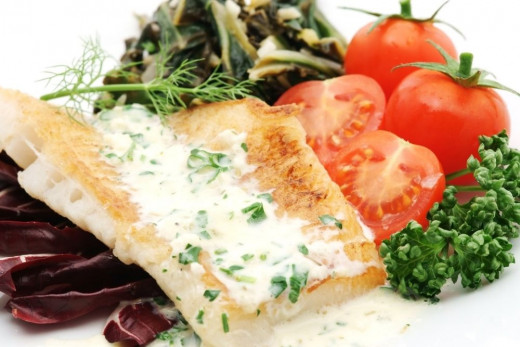
Useful Fish Links
- Environmental Defense Fund
Environmental Defense Fund is a leading national nonprofit organization representing more than 700,000 members. - Natural News
Scientists issue urgent warning over global mercury contamination of fish. - Fish and Heavy Metal Contamination - Pollution Issues (UK)
Fish are commonly contaminated with heavy metals such as cadmium and mercury so should we eat it or ditch it? - Mercury contamination widespread in USA fish
According to a U.S. Geological Survey study, scientists have detected mercury contamination in every fish tested from 291 streams across the USA. - Two-Headed Fish Spark Concern Over Pesticide Contamination
Photo of a bass larvae spawned with two heads taken by fish farm owner Gwen Gilson, via Yahoo; credit AFP/Ho/Gwen Gilson Thousands of bass larve spawned in northern Australia with a significant problem - they had two heads. - Fish Advisories | Water Science | US EPA
These advisories tell the public when high concentrations of chemical contaminants have been found in local fish. - OEHHA: Fish - Sport Fish Contamination in California
OEHHA protects public health and the environment by scientific evaluation of risks posed by hazardous substances. - NRDC: Mercury Contamination in Fish - A Guide to Staying Healthy and Fighting Back
Each year, power plants and other industrial facilities spew dangerous quantities of mercury into the air. When it rains, this pollution washes into our oceans and waterways, contaminating fish and other seafood.
